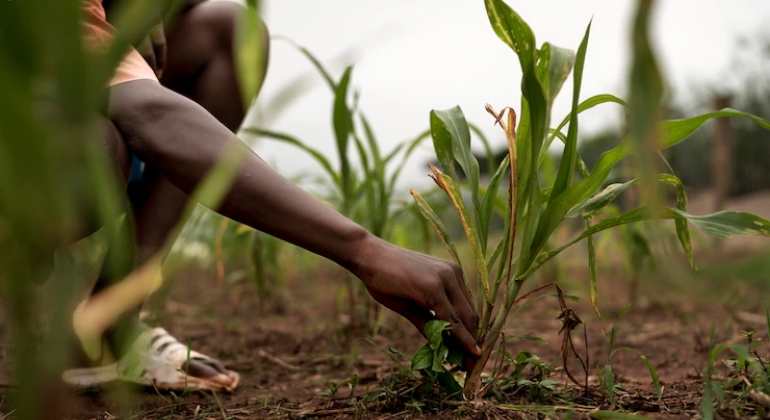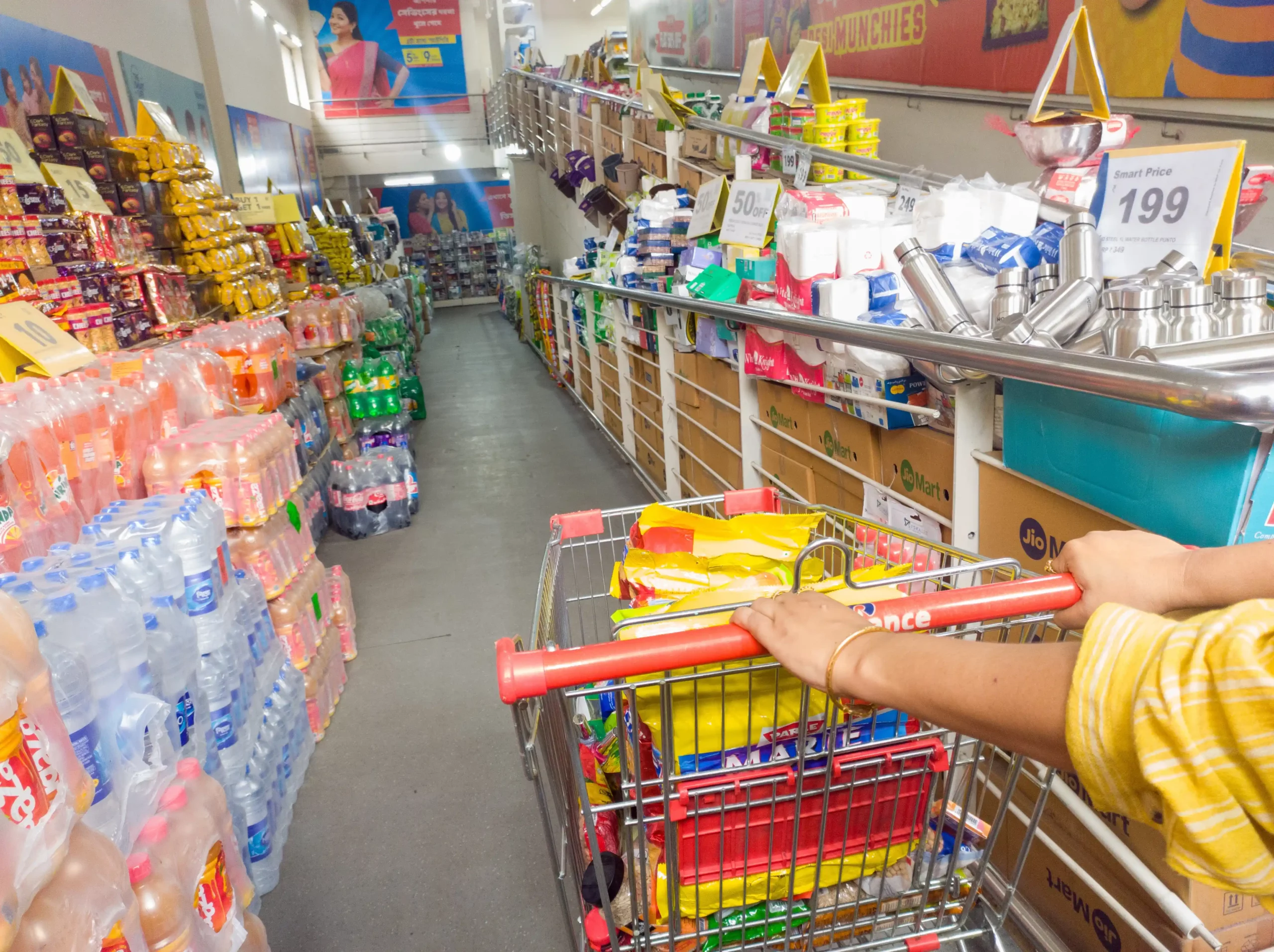Vayana for MSMEs
Financing the agricultural sector requires more than meets the eye

Financing in the agricultural sector is like travelling back in time. Many farmers and traders have little capital and incomplete financial records. The lack of credit readiness has resulted in Rs. 38.4 Lakh Cr. of credit going unfinanced. This has encouraged Fintechs to create more accessible financing through three new mechanisms: GST informed financing, digital lending platforms, and supporting financial services.
1. GST increases the willingness to lend
Traditional lending places significant importance on credit assessment. Fintechs go a step further and place an equal weight on credit monitoring. For this they develop tools that automatically analyse GST transactions and provide a real-time view of the business. Hence, the lender can monitor the use of funds long after disbursement. This helps pick out any bad apples and increases the financier’s willingness to lend. So to increase their borrowing opportunities agricultural businesses stay on top of their GST filings. This enthusiasm is particularly visible in agricultural traders and processors who even file their 0% GST goods. Thus, more than a compliance requirement, GST is also an easy way to prove credit worthiness.
2. Digital lending platforms overcome the limitations of geography
When it comes to in-person financing, businesses are limited to the nearby lenders who are not always the right fit. Take the example of a well-established agricultural processor based out of Amravati, a Tier-2 city. With the processor’s business growing, the need for financing exceeds limits offered by any local lenders. This leaves the processor strapped for cash. On the other hand, a smaller business in Mumbai does not face this issue. Its prime location offers many choices in financing. In such cases, digital lending platforms expand financing possibilities. Its location-agnostic mechanism equalizes borrowing opportunities across Mumbai and Amravati. As now the Amravati processor can borrow from anywhere in the country to fulfil its financing need.
3. Supporting financial services help small businesses make the digital switch
Widespread digitization was previously foreign to this sector. Hence, the sudden shift might be a hidden burden for many small players. For instance, an agro-commodities trader who makes revenue on commission goes through Rs. 100 Cr. of stock before seeing their Rs. 10 Cr come in. For such a business, it is big chore to file GST online and digitally track payments and trade. However, it must be done to meet compliance and financing requirements. In such a situation, the right support services make all the difference. For example, having all payment operations on a single dashboard makes the trader par up with more technologically advanced businesses. Hence, supporting services that assist cash, commerce and compliance operations have a positive benefit on the business’s access to credit. For the trader, now equipped with the supporting service, easily manages payments and can focus more on the business.
Through the combination of these three mechanisms, the gap for unmet credit demand in this sector narrows. And there is a stronger momentum for growth. Especially with almost a fifth of the nation’s GDP coming from this sector, and more than half of the nation’s labour force involved in some manner. In fact, the Reserve Bank of India reports that for every 1% increase in real agricultural credit, real agricultural GDP increases by 0.22%. Hence, these efforts not only promise greater financial inclusion, but also a potential Green Revolution 2.0







